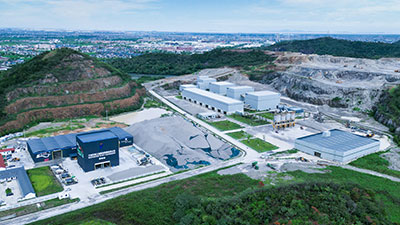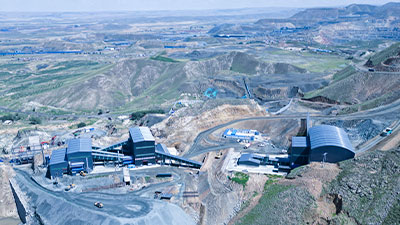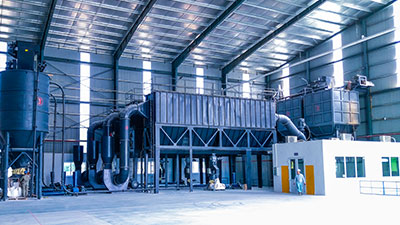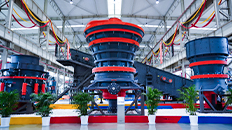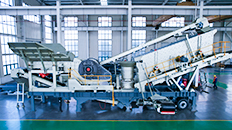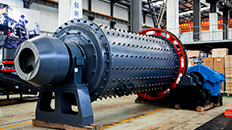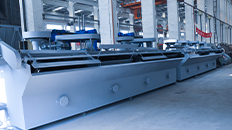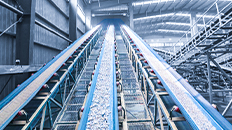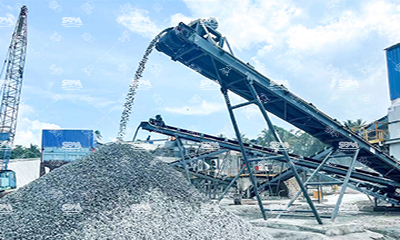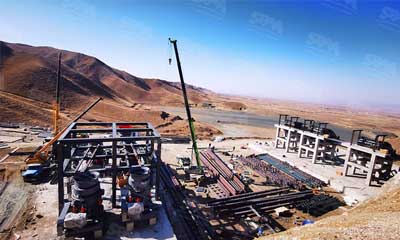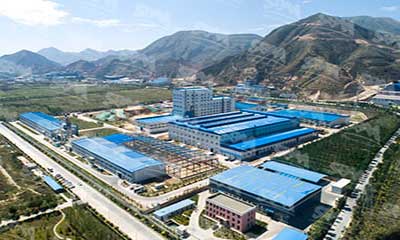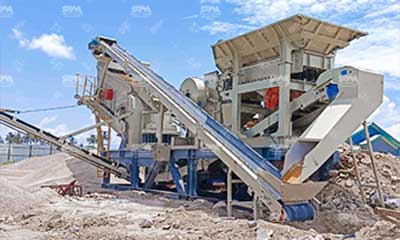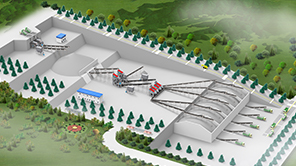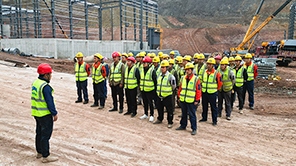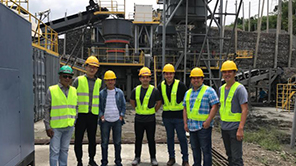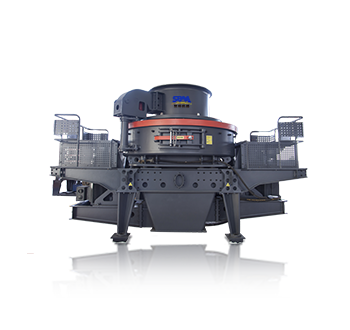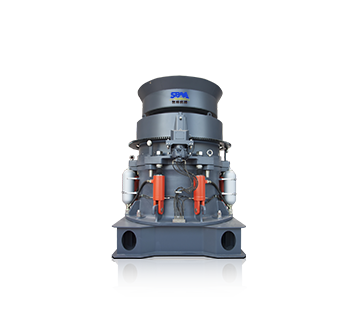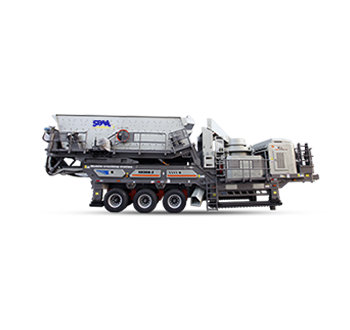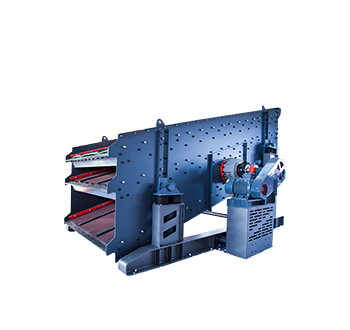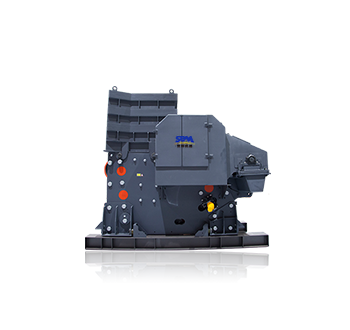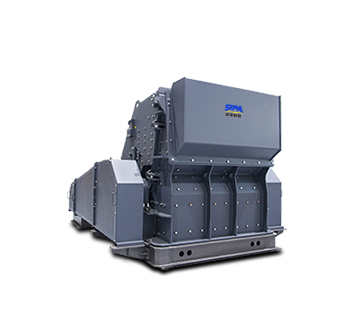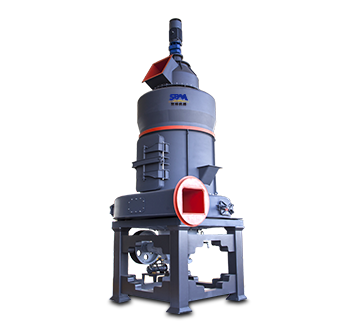Summary:Understanding the diverse range of raw materials used in aggregate production is essential for ensuring the quality and performance of construction projects.
Aggregates are the backbone of modern construction, constituting the bulk of concrete, asphalt, and other building materials. Their properties, significantly influenced by the raw materials from which they are derived, play a pivotal role in determining the strength, durability, and workability of construction products. Understanding the diverse range of raw materials used in aggregate production is essential for ensuring the quality and performance of construction projects.

Types of Raw Materials Used in Aggregates
Basalt
Basalt, an extrusive igneous rock, is widely utilized in aggregate production. Formed from the rapid cooling of lava flows, basalt boasts high compressive strength, typically ranging from 100 to 300 megapascals (MPa). Its fine - grained texture and dense mineral composition, mainly consisting of plagioclase feldspar and pyroxene, contribute to its excellent mechanical properties. When crushed, basalt tends to produce angular and cubical particles, which interlock well in concrete mixtures, enhancing the overall strength and stability. This makes basalt - based aggregates particularly suitable for applications requiring high - strength materials, such as bridge decks, high - rise buildings, and heavy - duty pavements. Additionally, basalt's resistance to abrasion and weathering ensures long - term durability, even in harsh environmental conditions.

Limestone
Limestone, a sedimentary rock composed primarily of calcium carbonate, is commonly used in aggregate production, especially in regions where it is abundant. Limestone is relatively soft compared to igneous rocks, with a compressive strength typically ranging from 30 to 140 MPa. Its sedimentary origin, formed from the accumulation of shells, coral, and other marine organisms, gives it a layered structure. When processed, limestone can produce fine - grained aggregates that are well - suited for applications requiring good workability, such as ready - mix concrete and asphalt. However, due to its layered nature, limestone may fragment into elongated or flaky particles when crushed with conventional methods, which can affect the mechanical properties of the final product. To mitigate this, specialized crushing techniques and equipment, such as impact crushers, are often employed to produce more uniformly - shaped limestone aggregates.

Granite
Granite, an intrusive igneous rock, is another prominent raw material for aggregates. Composed predominantly of quartz, feldspar, and mica, granite exhibits exceptional hardness and durability. Its compressive strength can exceed 200 MPa, making it highly resistant to external forces. The coarse - grained structure of granite allows for relatively uniform breakage during crushing, resulting in particles with well - defined edges and a relatively consistent size distribution. These characteristics make granite aggregates ideal for both structural and decorative applications. In structural concrete, granite aggregates enhance the load - bearing capacity, while in decorative pavements and landscaping, their aesthetic appeal, with a variety of colors and textures, adds visual value.

Quartzite
Quartzite, a metamorphic rock formed from the recrystallization of sandstone under high pressure and temperature, is highly valued for its superior strength and durability. With a compressive strength often exceeding 300 MPa, quartzite is one of the hardest rocks used in aggregate production. Its dense, crystalline structure makes it highly resistant to abrasion, chemical attack, and weathering. Quartzite aggregates produce angular and durable particles, which are ideal for applications that demand high - performance materials, such as airport runways, railway ballast, and industrial floors. However, the high hardness of quartzite also poses challenges during crushing, requiring specialized equipment and higher energy consumption.

Sandstone
Sandstone, composed of sand - sized grains of quartz or feldspar cemented together, is also a significant source of aggregates. The strength and durability of sandstone vary depending on the type and amount of cementing material present. Generally, sandstone has a compressive strength ranging from 20 to 250 MPa. Its porous nature can affect the water absorption of aggregates, which in turn impacts the workability and durability of concrete. However, sandstone aggregates offer good thermal insulation properties, making them suitable for applications where thermal performance is a concern, such as in building envelopes. Additionally, the unique texture and color variations of sandstone can add aesthetic appeal to decorative construction projects.

Blast Furnace Slag
Blast furnace slag, a by - product of iron production, has gained increasing popularity as a raw material for aggregates. After cooling and granulation, blast furnace slag can be used as a substitute for natural aggregates in concrete and asphalt. It exhibits good hydraulic properties, meaning it can react with water and cement to form a strong binding matrix. Blast furnace slag aggregates offer several advantages, including reduced environmental impact by diverting industrial waste from landfills, improved workability of concrete, and enhanced durability due to its resistance to sulfate attack. They are commonly used in large - scale construction projects, such as bridges and highways.

Recycled Concrete Aggregate
Recycled concrete aggregate (RCA) is obtained by crushing and processing old concrete structures. As a sustainable alternative to natural aggregates, RCA helps conserve natural resources and reduce construction waste. The quality of RCA depends on the source of the original concrete, but with proper processing and quality control, it can be used in a variety of applications, such as base courses in road construction, sub - base layers, and even in some cases, as partial replacements for natural aggregates in new concrete production. Using RCA not only reduces the environmental footprint of construction but also provides economic benefits by reducing the cost of raw materials.

How to Make Aggregates from Raw Materials?
The transformation of raw materials into high-quality aggregates involves several key stages:
Extraction → Crushing & Screening → Washing → Stockpiling → Quality Control
Each stage plays a crucial role in determining the final product's quality and suitability for construction applications. Below is a detailed breakdown of this integrated process:

1. Extraction
The first step in aggregate production is the extraction of raw materials. This process can involve:
- Quarrying: For materials like crushed stone and gravel, large-scale quarrying operations are conducted. Heavy machinery is used to remove overburden and extract the desired rock or gravel.
- Dredging: In the case of sand and gravel from riverbeds or lakes, dredging techniques are employed to collect materials from underwater deposits.
2. Crushing and Screening
Once extracted, the raw materials undergo crushing and screening to achieve the desired size and shape:
- Crushing: Large boulders are fed into crushers, which break them down into smaller pieces. Different types of crushers, such as jaw crushers, cone crushers, and impact crushers, are used based on the material and desired final product.
- Screening: After crushing, the material is screened to separate it into various size fractions. This ensures that the aggregates meet specific grading requirements for different applications.
3. Washing
Washing is an essential step, particularly for sand and gravel, to remove impurities such as clay, silt, and dust. This process enhances the quality of the aggregates and ensures better bonding with cement in concrete applications.
4. Stockpiling
Once processed, aggregates are typically stockpiled for later use. Proper stockpiling techniques are important to prevent contamination and segregation of different sizes.
5. Quality Control
Quality control is a critical aspect of aggregate processing. Various tests are conducted to ensure that aggregates meet industry standards and specifications. Common tests include:
- Gradation Analysis: Determines the particle size distribution of aggregates.
- Specific Gravity and Absorption: Measures the density and water absorption capacity of aggregates.
- Los Angeles Abrasion Test: Assesses the hardness and durability of aggregates.
- Soundness Test: Evaluates the resistance of aggregates to weathering and freeze-thaw cycles.
The raw materials used to make aggregates are diverse, each with its own unique properties and characteristics that influence the quality and performance of the final product. From igneous, sedimentary, and metamorphic rocks to industrial by - products and recycled materials, the choice of raw material depends on various factors, including the specific requirements of the construction project, availability, cost, and environmental considerations. Moreover, the process of transforming these raw materials into aggregates, involving crushing, screening, washing, and potential additional treatments, is crucial for ensuring the aggregates meet the stringent standards of the construction industry. By understanding both the raw materials and their processing methods, the construction industry can ensure the production of high - quality aggregates that contribute to the longevity and sustainability of construction projects.

